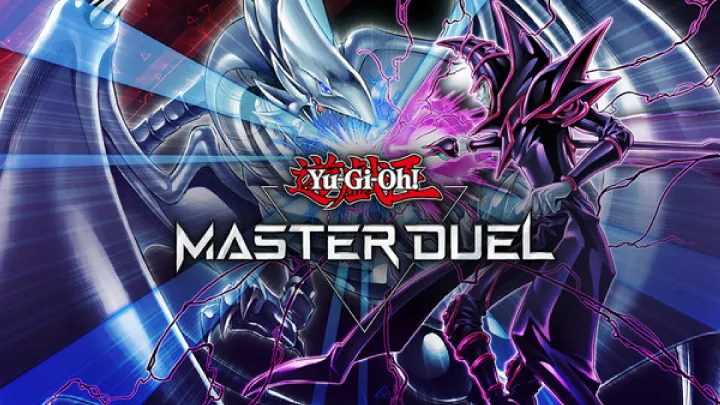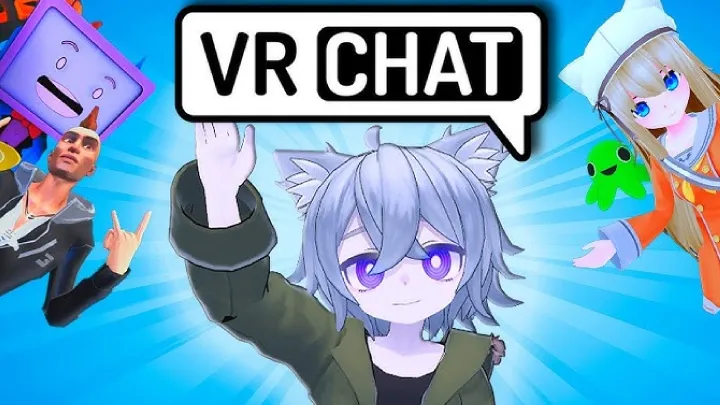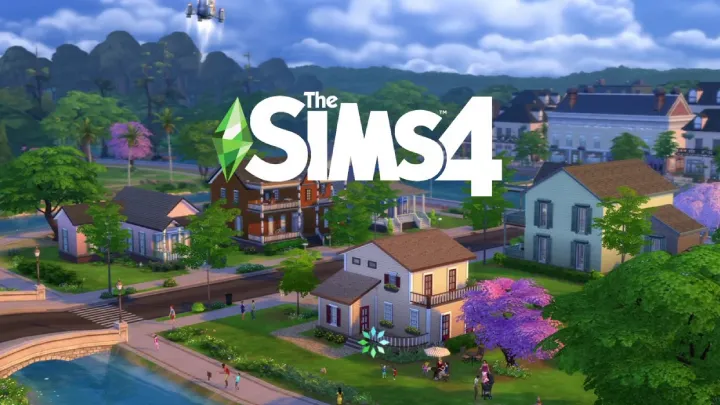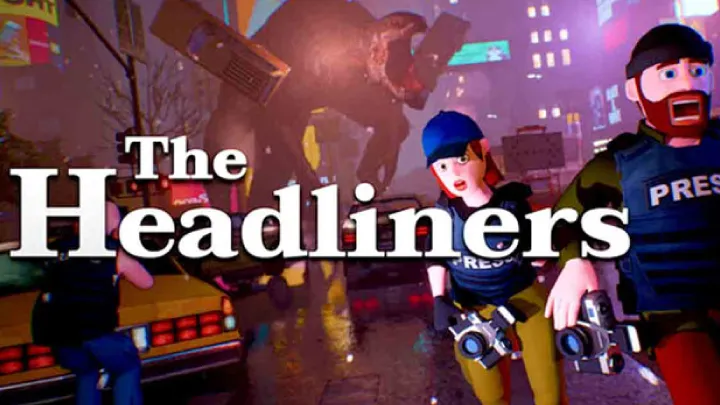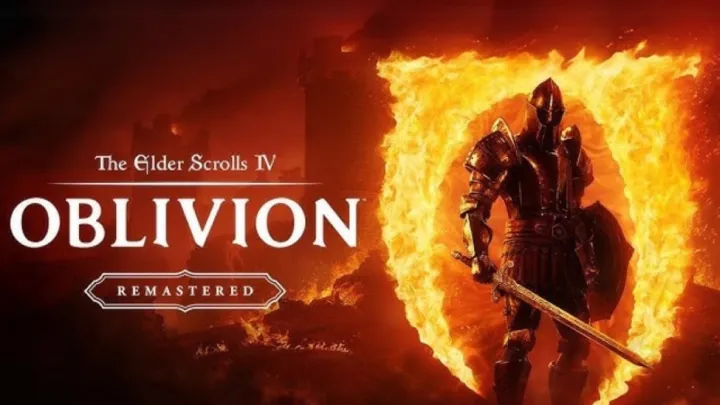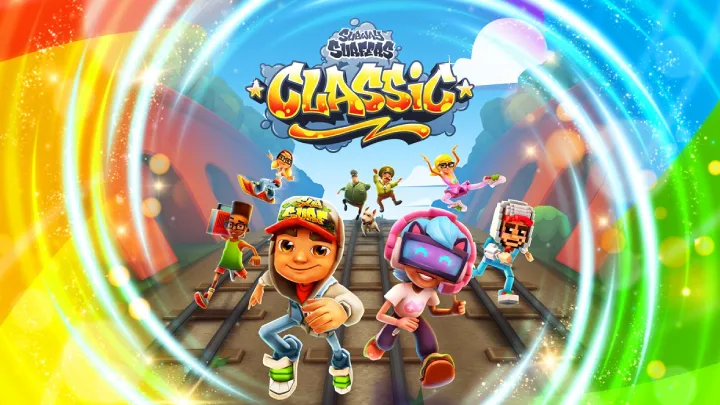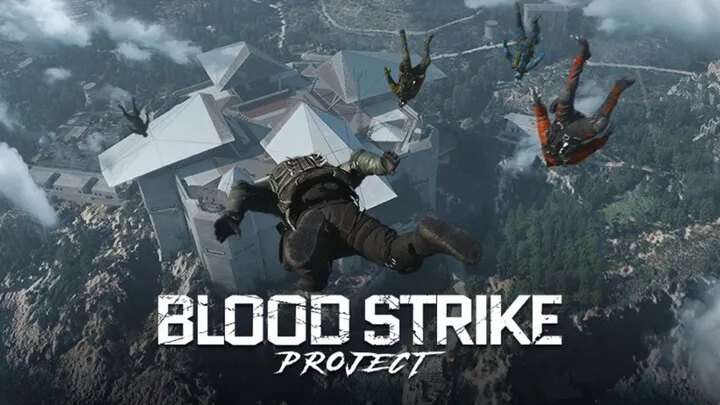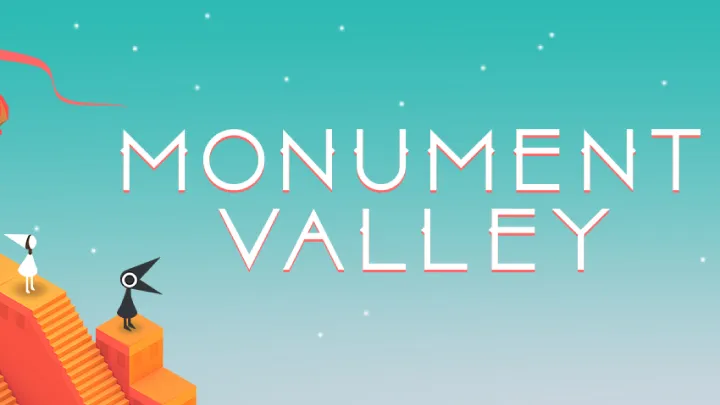Little Nightmares II is a masterclass in atmospheric horror and psychological tension. As the silent, young hero Mono, you're thrown into a bleak and surreal world, where oversized adults and monstrous creations lie in wait at every corner. This is no ordinary game; it's a test of your wits, your courage, and your ability to navigate a world that is fundamentally broken. This guide will walk you through every critical aspect of the game, from mastering the basics to navigating the deepest of its systems. Along the way, we'll draw surprising parallels to the real world, including finance, legal strategy, and personal health, proving that the skills needed to survive a nightmare are not so different from those required to navigate the challenges of modern life.
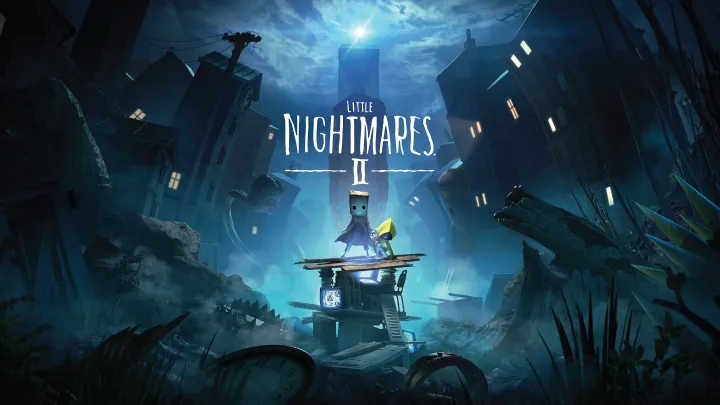 The Basics of Survival: Navigating a World of Giants
The Basics of Survival: Navigating a World of Giants
Your first moments in Little Nightmares II are a trial by fire. You are dropped into a bleak, desolate forest with no guidance and no help. The "How to" here is simple: survive. You must learn to use the environment to your advantage, to hide from the monsters, and to solve the puzzles that block your path. The world is a hostile place, and you must be constantly aware of your surroundings. The most immediate threat is not a giant monster, but a simple trap, a creaking floorboard, or a misplaced object.
The game's survival mechanics are based on real-world principles. You need to manage your fear, your courage, and your ability to think on your feet. If you neglect any of these, you will quickly perish. This is a form of basic education that will teach you the importance of self-preservation. The game's systems are intuitive but unforgiving, and a single mistake can cost you your life. This initial period is a crucial form of education that will shape your entire experience.
The Technology of Survival
Your early survival is powered by a simple but effective form of technology: your tools. You can use a rusty hammer to break a lock, a stick to fight off a monster, or a flashlight to see in the dark. These tools are your first line of defense against the hostile world. They are a form of primitive software that allows you to interact with the world in a meaningful way.
The game's physics engine is a form of advanced technology that simulates realistic movements and interactions. The way a box falls, the way a door creaks, and the way a monster moves are all a testament to the developers' mastery of modern software engineering. The entire game is a marvel of technology and design.
How to Navigate a World of Psychological Threats
Little Nightmares II is a game about psychological horror, and the threats you face are not always physical. The world is a distorted and twisted place, and your mind is your most vulnerable asset. The "How to" here is simple: learn to manage your fear. You must be able to keep your cool under pressure, to think clearly in the face of danger, and to overcome your own psychological demons.
The game's atmosphere is a form of treatment for your psyche. It will test your limits, and it will force you to confront your deepest fears. The journey is a form of emotional recovery that will help you become a stronger and more resilient person. You can compare the struggle to overcome your fears to a long-term rehab program, where you must work hard to heal your mind and your spirit.
The Medical Science of the Soul
The game's psychological systems are a form of medical science. The way your character's body shivers, the way their heart pounds, and the way their mind races are all a testament to the developers' understanding of human psychology. The entire experience is a form of psychological treatment that will help you understand the power of your own mind.
The game even uses a form of metaphorical Cord Blood as a rare item that can be used to restore your health and your sanity. This item is a symbol of hope and a reminder that even in the darkest of places, there is still a chance for recovery. The journey is a long and difficult one, but the rewards are worth it.
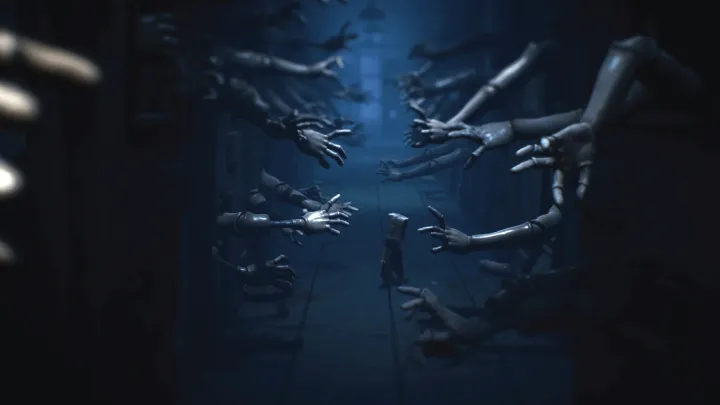 The Unseen Legal Frameworks of the Pale City
The Unseen Legal Frameworks of the Pale City
The world of Little Nightmares II is governed by a set of unspoken legal rules. While there is no court of law, your actions have consequences. You are a trespasser in a world that is not your own, and the adults who inhabit it are your sworn enemies. The "How to" here is simple: understand the unwritten laws of the universe you inhabit.
The game is a metaphorical courtroom. Every encounter is a battle of wits and courage, and your survival is the verdict. You can file a metaphorical claim if you are wronged, but you are also responsible for your own actions. The monsters that inhabit the world are a form of natural law that will enforce the rules of the Pale City. The game’s lawyer is the environment, and it is a harsh one.
The Metaphorical Law
The entire game is a metaphorical courtroom. Every fight is a battle of will and skill, and your survival or failure is the verdict. You can think of the monsters as a lawyer for the world, sometimes acting as your foe and sometimes as a silent witness. You must navigate these relationships carefully.
The idea of a divorce from your past life is central to Mono's journey. He must separate his normal life from his new identity as a survivor. This is a significant theme that the game explores, showing the emotional and psychological toll it takes on him. This emotional recovery is just as important as the physical one.
The Financial and Economic Realities of a Small Survivor
The world of Little Nightmares II has no economy, but it has a form of metaphorical finance. You must manage your resources, your time, and your energy. Every decision has a cost, and you must be able to recognize it. The game is a constant juggling act of financial and tactical decisions.
The most valuable asset in the game is your life. You have a limited number of lives, and you must be careful not to waste them. Every death is a form of loss that will set you back. The game is a constant reminder that life is precious and that every action has a consequence.
The Cost of a Risk
You can take a loan from the game by trying a risky maneuver, but you are also responsible for paying it back with a high cost of failure. This is a form of trust-based finance that is crucial for survival in a hostile world. The entire process of survival is a form of constant negotiation with the world and with your own limitations.
The game's economy is a simplified version of our own. The most valuable currency is your life. Every decision, from taking a risky leap to hiding from a monster, has an economic consequence. This subtle system is a form of gamified education about fiscal responsibility.
The Technology of the Signal Tower
The Signal Tower is the central mystery of Little Nightmares II. It is a powerful technology that controls the minds of the people who inhabit the Pale City. It is a form of advanced software that is capable of manipulating reality itself. The tower is the ultimate form of hosting; it is the source of the game's world.
The game's engine is a form of modern technology that simulates a realistic and immersive world. The way the light flickers, the way the sound echoes, and the way the monsters move are all a testament to the developers' mastery of game design. The entire game is a marvel of technology and design.
The Power of Technology
The Signal Tower's power is a form of metaphorical Gas/Electicity that fuels the world. It is a constant source of power that is always active, and it is a reminder that even in a broken world, there is still a powerful force at work.
You can also think of your own body as a form of technology. It is a complex machine that is capable of performing incredible feats of strength and agility. You must learn to use it to your advantage, or you will quickly perish. The game is a constant reminder that your body is your most important tool.
The Unofficial Education of a Survivor
To truly master Little Nightmares II, you need more than just natural talent. You need a rigorous education in the game's mechanics and strategies. This comes from playing, learning from mistakes, and watching tutorials. The game's puzzles are a form of virtual classes that will help you master every aspect of the game.
The main story quests are like a mandatory curriculum. You must complete them to advance, and each one teaches you a new ability or a new lesson. The optional side quests are like elective classes; they're not required, but they enrich your experience and reward you with valuable resources. At the end of the game, you will have earned your survivor’s degree, a testament to the fact that you have mastered every aspect of your new identity.
Advanced Learning Modules
For advanced players, mastering the game's puzzle-solving involves a deep understanding of its intricate systems. This level of skill is a form of specialized knowledge, a degree in survival. These players often participate in virtual conference calls on forums and social media to discuss strategies and share tips. This level of community engagement is a vital part of the gaming experience.
The process of learning to use Mono’s more advanced abilities, like his ability to transfer objects, requires a disciplined approach, much like a rigorous education program. You must practice to become truly proficient, and the more you put in, the more you get out.
The Business of Escape: Understanding Your Assets and Liabilities
Your escape is your business. You must manage your assets, which are your skills and your tools, and your liabilities, which are your fears and your weaknesses. The entire game is a constant juggling act of managing these two things.
Your safe havens, like a house or a room, are a form of mortgage. They are a long-term investment that requires a significant commitment of resources. You must be able to afford the materials, the time, and the energy required to build a structure that can protect you from the dangers of the world. The entire process is a form of virtual real estate management.
The Ultimate Donation
The game's narrative is a form of donation. You are giving your time and energy to a story that is not your own, and in return, you are getting a profound and emotional experience. The entire game is a form of social contract between you and the developers.
You can also think of your own life as a form of donation. You are giving your life to a journey that is not your own, and in return, you are getting a profound and emotional experience. The entire game is a form of social contract between you and the developers.
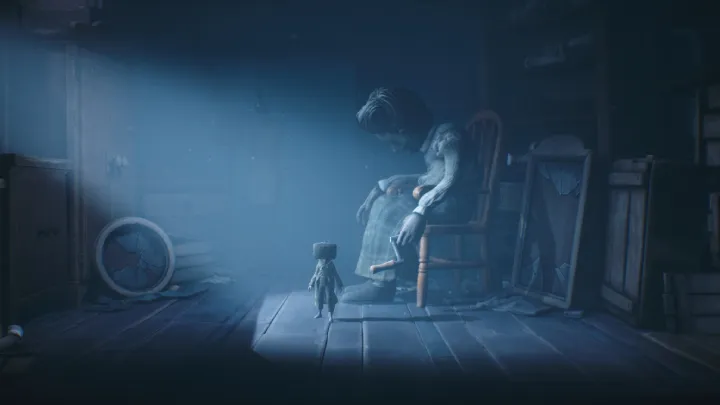 The Cost of a Journey: Utilities and Communication
The Cost of a Journey: Utilities and Communication
The journey through the Pale City is a long and arduous one. It requires a significant amount of power, a metaphorical cost of Gas/Electicity. You must find a way to navigate the dark and dangerous world, and you must be able to communicate with your companion, Six.
Your ability to communicate with Six is a form of conference call. You must work together to solve puzzles, to fight monsters, and to escape from the horrors that await you. The ability to communicate effectively is a form of technology that can give you a significant advantage over your opponents.
The Transfer of Trust
The bond between Mono and Six is a form of transfer. You are giving away your trust to a stranger, and in return, you are getting a companion who will help you survive. The entire game is a constant juggling act of trust and betrayal.
The ability to move your coins and resources from one place to another is a form of transfer, a seamless process that allows for efficient asset management within the game. The game’s seamless nature and intuitive controls are a testament to the developers' mastery of game design and user experience.
Mastering Travel and Exploration
The ultimate "How to" in Little Nightmares II is mastering traversal. The world is a vast and detailed place, and getting around is half the fun. You can travel across the map by climbing pipes, jumping from rooftops, or hiding in vents. The sheer joy of movement is what makes the game so special.
This free-form travel is an experience in itself. You can go anywhere you want, from the highest skyscraper to the darkest sewer. The seamless nature of the map allows you to explore every nook and cranny. You’ll be able to find hidden collectibles, side quests, and other secrets as you explore the world. The joy of travel is not just about getting to your destination; it’s about the journey itself.
Finding Your Path
The world is a web of interconnecting paths. You can choose to be methodical in your travel, taking the most direct route to a mission, or you can choose to be spontaneous, simply exploring for fun. There is no right or wrong way to explore, and the game rewards you for both.
The sense of freedom is unparalleled. You can go anywhere you want, and the game’s world feels alive and responsive to your movements. This freedom of travel is a core part of the survival fantasy.
Conclusion and Final Reflections
Little Nightmares II is a triumph in every sense of the word. It's a game that offers a masterclass in gameplay, storytelling, and world-building. While it may be a shorter experience than its predecessor, it is a focused and polished one that will leave a lasting impression. From mastering the fundamentals to navigating the complex systems, this guide has shown you that the skills you need to master this game are not so different from those required to navigate the complexities of life. It’s a game that will teach you about finance, health, technology, and even legal matters, all while surviving a nightmare.
The journey of a tiny survivor is a true coming-of-age story, and the game is a must-play for fans of the genre.








